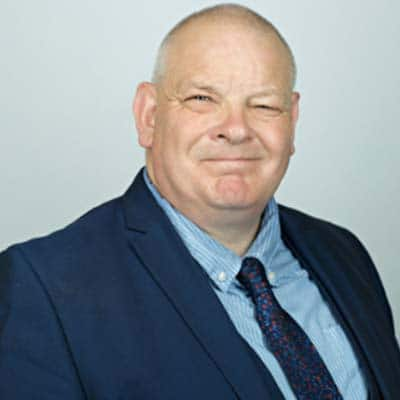Non-crop pesticides market boosted by trend towards home gardening
Around half of the 600 or so products used in agriculture are also sold into non-crop pesticides markets. This sector is composed of 6 main segments: home and garden, turf and ornamentals, professional pest management, industrial vegetation control, vector and mosquito control, and forestry. Other smaller segments are aquatic weed control, wood preservatives, and rodenticides.
The non-crop market for pesticides was valued at US$8.7 billion at ex-manufacturer level in 2021, around 12% of the total global crop protection market. The upstream value of this market, incorporating the value-added by formulation and packaging, marketing, and application/service, is worth over $60bn.
The global non-crop market has been growing at around 5% a year, and is expected to continue to do so, but it is both highly fragmented and complex. North America is the largest region with almost 50% of the total market, followed by Asia (25%) and Europe (17%).
Each sector has its own dynamics, value chain and drivers. All segments apart from Home & Garden are Business to Business (B2B) markets, while Home & Garden is a Business to Consumer (B2C) market. However, one common driver across all the sectors is Gross Domestic Product (GDP). Other drivers are increasing leisure time for gardening, and growing concern over pests and diseases, augmented by the recent COVID pandemic.
The non-crop market is highly competitive. All the R&D-based major crop protection companies have a presence in this market: Bayer, Syngenta, BASF, Corteva, FMC and Sumitomo. Many generic companies are also participating, and several have recently entered or grown through acquisition of specialist non-crop companies, so as to access this sector and leverage higher sales of their products. Bayer has historically been the leader by some way, although, as of the time of writing, is divesting a significant proportion of its non-crop business.
For those companies which report profitability, the level is similar or greater than for their crop protection business (e.g. Amvac, Syngenta). This is mainly due to lower sales and marketing costs for B2B markets, and higher prices from market segmentation.
Some other companies not involved with agriculture are also engaged in specific sectors, notably S C Johnson and Scotts Miracle-Gro in the home and garden sector, PBI Gordon in turf and ornamentals, and Rentokil Initial in professional pest management.
Many products initially developed for crop use in agriculture are subsequently registered for use on the non-crop sector. New actives are not generally developed specifically for this sector. The exception is vector control where IVCC was set up specifically to enable the development of dedicated active ingredients.
There is a large diversity of formulations and packaging developed specifically for the different sub-sectors and the active ingredients can often account for a very small proportion of the total cost of the end product. This is the case with home and garden products, professional pest management services, and bed nets for mosquito and vector control.
Some older products have been subjected to significant regulatory pressure and been withdrawn from non-crop use. Chlorpyrifos is an example. There is particular legal pressure on glyphosate, although the product is one of the safest available.
Until now, it has been very difficult to quantify the size and composition of this market. Building on the industry experience and primary data developed by the S&P Global CropScience unit, our new report addresses this insight gap, and provides the first comprehensive quantitative assessment of the global market for non-crop pesticides for more than 20 years.
Specific features of the report are:
- A detailed breakdown by sector, country, product and company
- Company profiles for the 15 leading companies covering their product ranges and the sectors within which they operate
- Benchmarking of the non-crop market against the size of the CP
market for each country, product and company
- Sales ranges for leading active ingredients (AIs) in each product class: herbicides, insecticides, fungicides and Plant Growth Regulators (PGRs)
- Market estimates for 40 countries
- Analysis of the value chain from technical materials supplied to the value of the final product/service offer
- Analysis of drivers of market growth
- Forecasts by region and sector to 2026
Download free sample data from the report here.
This article was published by S&P Global Commodity Insights and not by S&P Global Ratings, which is a separately managed division of S&P Global.


